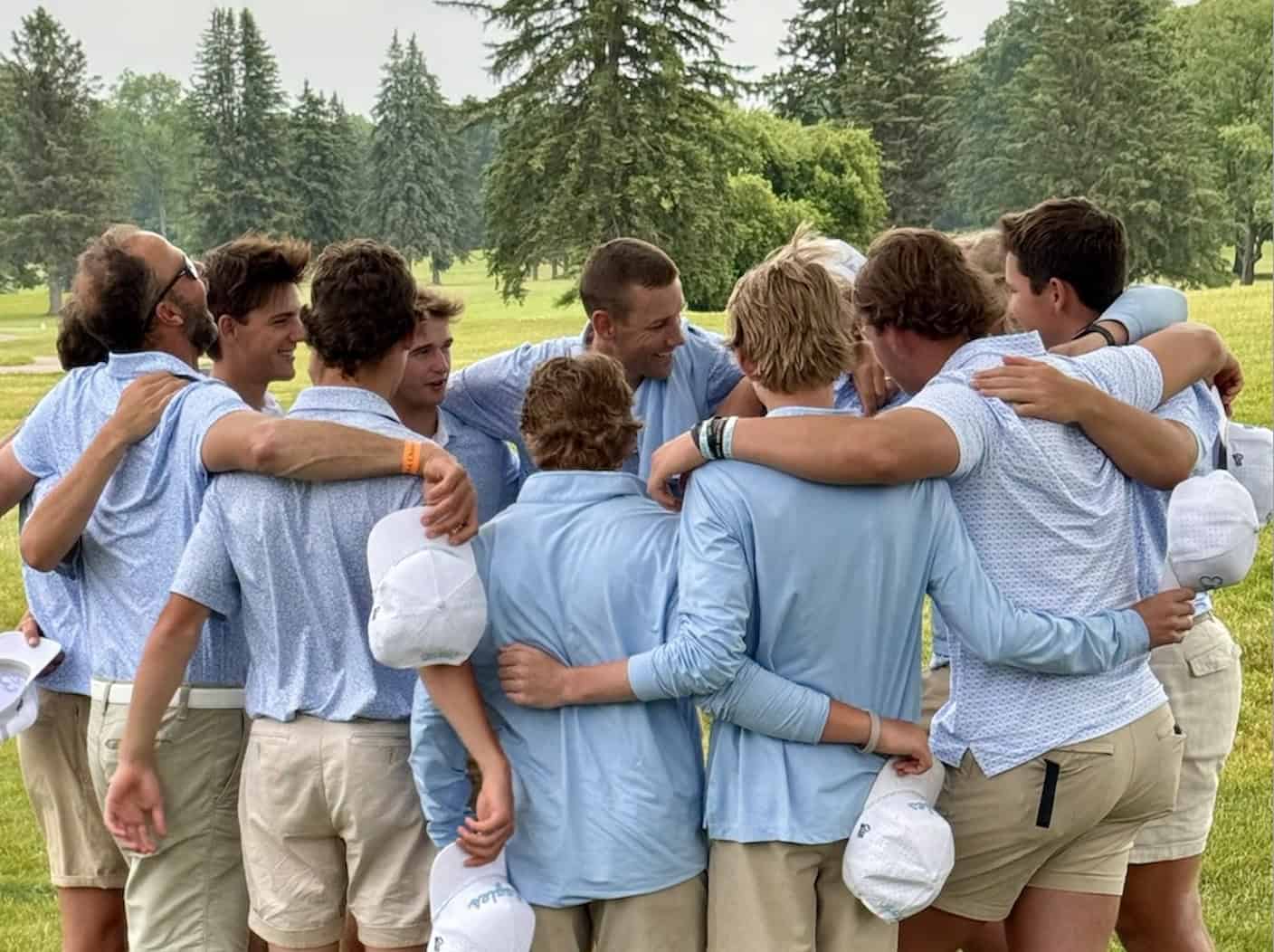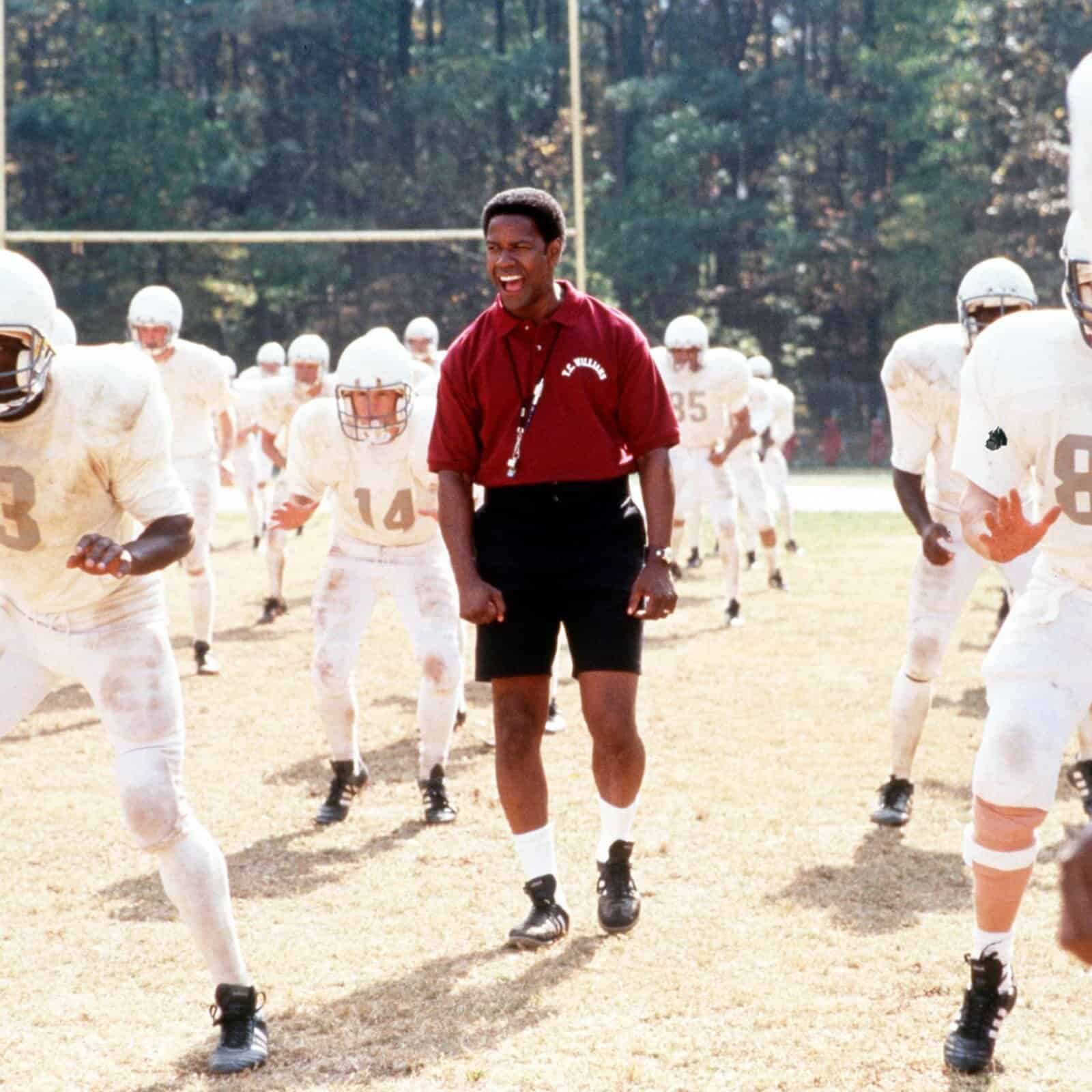“You don’t rise to the occasion. You sink to the level of your systems.”—James Clear
There’s a parable about a village where children keep being swept downstream in a river. The villagers work tirelessly to pull them out. Eventually, one walks away. “Where are you going?” the others ask. She replies, “Upstream—to find out why they’re falling in.”
If you’re an athletic director, you’ve been downstream. You’ve dealt with coach complaints, parent frustration, team culture breakdowns, and the exhausting cycle of reaction. So how good is your system, really? Is it designed to go upstream and prevent problems at the source, before they get started?
To do this, I had to ask: what’s the source? Through experience, research, and real conversations with ADs and coaches, I found it came down to two key factors: belonging and coach development.
Realizing the Power of Belonging
The first turning point came from understanding the deep impact of belonging. Research shows that when student-athletes feel connected—to teammates, coaches, and the community—they develop a stronger sense of belonging. Belonging drives investment, motivation, and resilience.
Yet, a 2025 Brookings study revealed that only 39% of students feel a strong sense of belonging at school. Meanwhile, over 60% of parents believe their kids do. That gap is the heartbeat of many of our culture issues.
In most high schools, two-thirds of students are involved in athletics. If coaches can foster belonging in that group, we’d fundamentally shift school culture for the better. The majority of the school would feel like they belong instead of the other way around. Less misbehavior. More engagement. Stronger teams. Stronger communities.
Addressing the Leadership Gap
Next, I faced the challenge we all know: coaches are some of the most influential adults in our schools, yet often the least equipped to lead well. They spend hours with students, shape school perception, and carry high emotional stakes. But most receive little training on leadership or building team culture.
When issues arise, it’s not due to bad intentions. It’s a lack of system, support, and structure. We have never known a better way to do what we all feel we need to do better. If we want to build culture, we must grow the leaders who influence it most. Let’s use the time that we are already supposed to be spending with coaches and students in a much richer, stronger, and purposeful way.
Hitting the Time Wall
That realization led me to ask: how can we do this better? I started with surveys, hoping for insight. But then came the spreadsheets, sorting responses, summarizing comments, building reports, crafting meeting agendas, finding development resources…
For 20+ varsity coaches and even more lower-level staff, it was unsustainable. The amount of time it took to do a good job was putting me behind everywhere else.
I was trying to go upstream but got stuck in the weeds. That’s when Grit Leadership began to take shape—a tool to help ADs go upstream without the time burden.
Building Grit Leadership
We built Grit to do the work that ADs always wanted to do but couldn’t sustain. It started small: automate survey collection. Then: generate comparative reports. Then: utilize AI to build meeting agendas, provide growth resources, show belonging scores, track growth over time. Then: Let’s put it all in ready made editable reports that can be easily shared amongst leaders for growth, instead of “gotcha.”
- End-of-Season Reports: Feedback from students, coaches, and parents (optional) is analyzed into a clean, actionable report with belonging scores, leadership metrics, and ready-to-use talking points.
- Midseason Check-Ins: 2-minute surveys allow coaches to login and send as many quick check-ins as they want to see how their players are experiencing the season in real time. This helps stop issues before they spiral and helps you capitalize on what is working for them.
- Athletic Department Reports: At the end of each season, you get a full summary of leadership strengths, trends, and challenges across your program based on the real data collected from kids, coaches, and parents (if you choose).
- AD Surveys: Collect honest input from coaches and community (optional) on how your department is serving them—what we can continue to capitalize on and what needs to change.
Creating a Culture of Growth
We don’t just want coaches to “check the box.” We want them to grow. Grit uses data to support real development, focusing on three essential areas:
- Impact of their leadership on students
- Belonging and psychological safety
- Feedback-driven growth and development opportunities
We built it so that if you can collect the data, and the system does the rest. That’s how we go upstream with being stuck in the weeds: by giving ADs time back and giving coaches tools to truly grow.
Fix the Environment, Not the People
Alexander den Heijer once said, “When a flower doesn’t bloom, you fix the environment in which it grows, not the flower.”
Too often, we replace coaches instead of developing them. We blame students and “kids today” instead of reevaluating our systems and leadership practices. But we have a responsibility to shift that mindset.
If we invest in the right tools, rethink how we support the adults leading our kids, and stop blaming “today’s culture,” we can create environments where everyone flourishes—including ourselves.
What my own failures, frustrations, and learning led me to build is now available to you. Grit Leadership is a system designed to strengthen coaches, connect teams, and improve school culture—while saving time and reducing chaos.
Athletic programs are meant to enhance school culture, foster belonging, and reinforce life lessons that extend far beyond the playing field. Grit Leadership helps you do that—by going upstream and fixing the issues at the source.
Don’t you think it’s time we change the way we lead? Time to change our system? Time to fix the environment? It’s time to go upstream.
By Kevin Broene, CMAA, Founder and CEO of Grit Leadership – [email protected]



